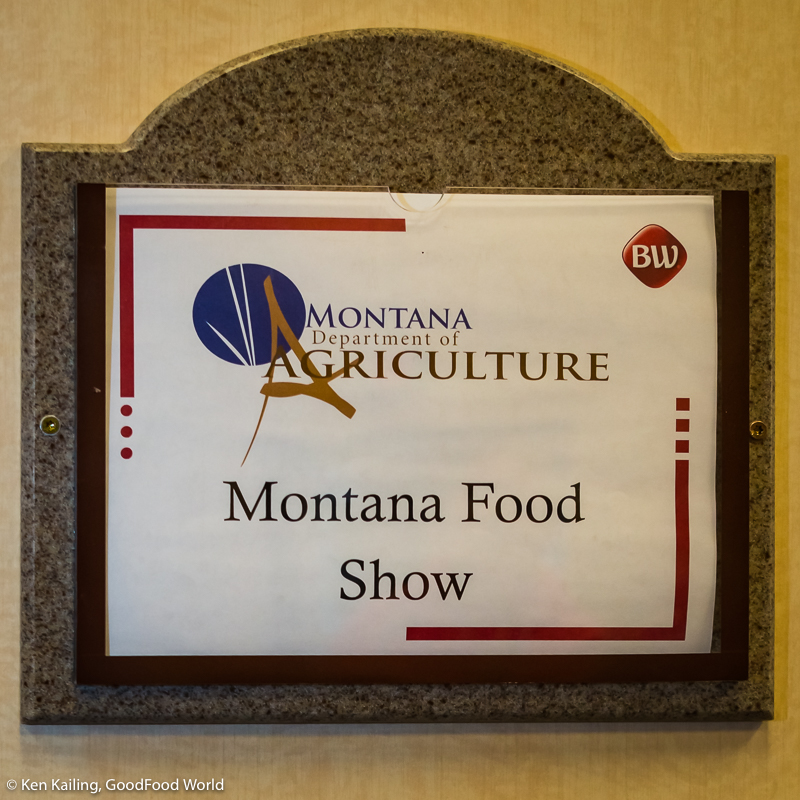We’ve Lost One of the Great Ones!
March 8, Lea McEvilly – a dear friend and contributor to GoodFood World, passed quietly at 92. She was small but determined – far out-weighed by many of the rams she wrangled, and chose to do things her way. As befitting this unique woman, Lea left this world with her children by her side on International Women’s Day.







